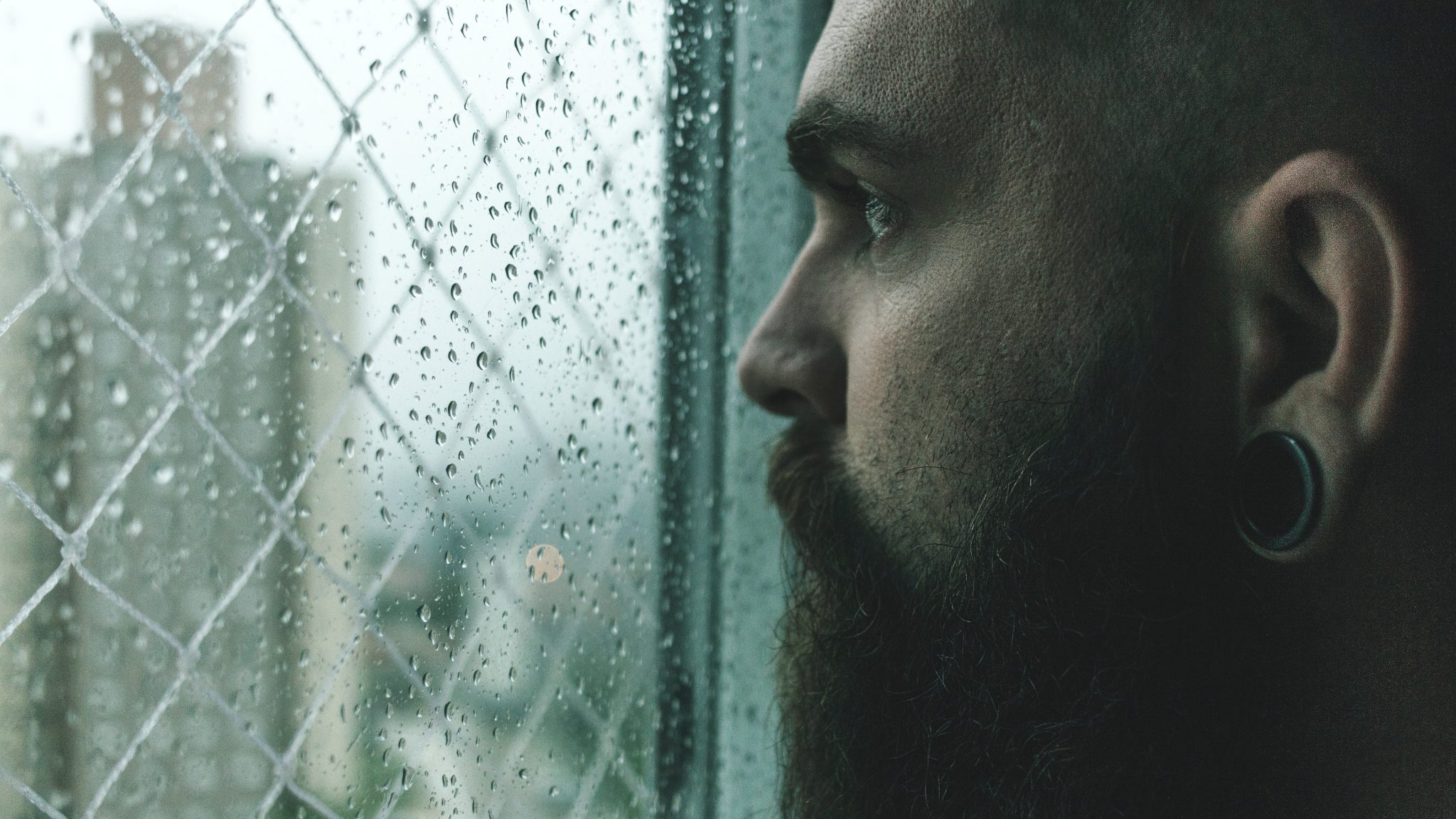Seasonal Affective Disorder (SAD) is a type of depression that is associated with the changing of seasons, typically occurring in the fall and winter months. People with SAD experience symptoms such as feelings of sadness decreased energy and decreased interest in activities. These symptoms can have a significant impact on sleep patterns, making it difficult to get a restful night’s sleep. In this article, we’ll explore the connection between SAD and sleep, and provide strategies for getting a more restful night.
The Connection Between SAD And Sleep:
SAD can have a major impact on sleep, and sleep disturbances are one of the most common symptoms of the disorder. People with SAD often experience difficulty falling asleep and staying asleep, leading to feelings of fatigue and decreased energy during the day. Additionally, the symptoms of SAD, such as feelings of sadness and anxiety, can make it difficult to fall asleep and stay asleep, further disrupting sleep patterns.
One of the key factors that contribute to SAD is a decrease in the amount of natural light during the winter months. This decrease in light can disrupt circadian rhythms, making it harder to fall asleep and wake up at regular times. The circadian rhythm is the body’s internal clock that regulates sleep-wake cycles, and it’s sensitive to changes in light. When there is less light, the body produces more of the sleep hormone melatonin, making us feel sleepy, and when there is more light, it produces less melatonin, making us feel more alert.

Strategies For A Restful Night:
If you’re struggling with SAD and sleep, there are several strategies that can help. Some of these strategies include:
- Light Therapy: Light therapy involves exposure to bright light, which can help regulate circadian rhythms and improve mood. It’s best to do this in the morning for about 30 minutes to an hour. Light therapy can be done using a light box, which is a special device that emits bright light, or by spending time outside in natural light. Light therapy is especially effective for people with SAD, as it can help increase the amount of light exposure and improve mood.
- Exercise: Regular exercise can help reduce symptoms of depression and anxiety, which can improve sleep quality. Aim for at least 30 minutes of moderate-intensity exercise each day. Exercise can also help regulate circadian rhythms and improve overall sleep quality. It’s important to avoid exercising too close to bedtime, as it can interfere with sleep.
- Relaxation Techniques: Relaxation techniques, such as deep breathing, progressive muscle relaxation, and mindfulness meditation, can help calm the mind and body, making it easier to fall asleep. These techniques can also help reduce symptoms of anxiety and depression, which can further improve sleep quality.
- Maintain a consistent sleep schedule: Keeping a regular sleep schedule can help regulate circadian rhythms and improve sleep quality. Go to bed and wake up at the same time each day, even on weekends. This can help establish a routine and make it easier to fall asleep and wake up at regular times.
- Create a sleep-conducive environment: A dark, quiet, and cool bedroom can help improve sleep quality. Consider using blackout curtains and a white noise machine to block out light and noise. Additionally, make sure the bed and bedding are comfortable, as this can help promote restful sleep.
- Avoid Stimulants: Stimulants, such as caffeine and alcohol, can interfere with sleep. Try to avoid consuming them in the hours leading up to bedtime. Caffeine is a stimulant that can interfere with sleep, so it’s best to limit caffeine intake to the morning and early afternoon. Alcohol is a depressant that can initially help you fall asleep, but it interferes with deep sleep and can cause wakefulness later in the night. Limiting alcohol consumption and avoiding it in the hours before bedtime can help improve sleep quality

How Therapy Can Help SAD Sufferers Get A Restful Night’s Sleep
The journey to finding restful sleep when dealing with Seasonal Affective Disorder (SAD) can be a soul-searching one. The darkness of the winter months can cast a shadow on our mental and emotional well-being, leading to feelings of sadness and sleep disturbances. But, just like the sun rises each day, there is always hope for finding peace and comfort in the night. By incorporating strategies such as light therapy, exercise, relaxation techniques, and seeking professional help, we can begin to shed light on the path to a restful night. Therapy can offer a supportive and safe space for individuals to explore their experiences with SAD and sleep disturbances, helping them find their own unique strategies for managing symptoms and finding restful sleep. With time, patience, and self-care, it’s possible to embrace the night and find solace in a peaceful slumber.
SAD and sleep are closely linked, and sleep disturbances are common among people with SAD. However, by implementing strategies such as light therapy, exercise, relaxation techniques, maintaining a consistent sleep schedule, creating a sleep-conducive environment, avoiding stimulants, and seeking professional help, it is possible to get a more restful night’s sleep. If you’re experiencing symptoms of SAD and sleep disturbances, it’s important to seek help and take steps to manage symptoms and improve sleep quality. A good night’s sleep is essential for overall health and well-being, and taking steps to improve sleep can have a significant impact on overall mood and quality of life.
Consider seeking professional help: If sleep disturbances are affecting your daily life, it may be time to seek professional help. A mental health professional can help diagnose and treat SAD, as well as provide strategies for improving sleep quality. They may also recommend medication or therapy to help manage symptoms.

